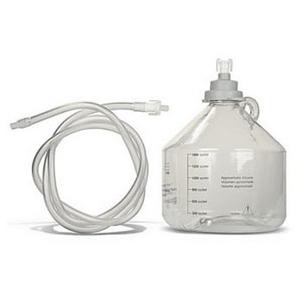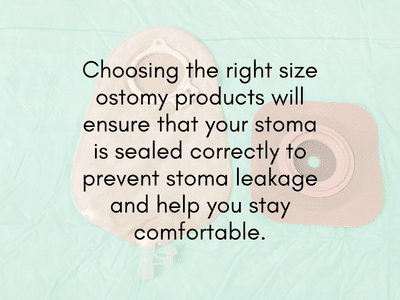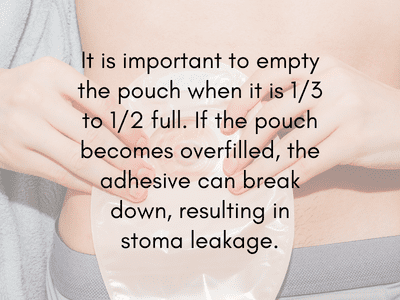Intimacy with an ostomy can be an unsettling experience for many ostomates. Intimacy is essential to human relationships and vital to our emotional and physical well-being. However, when it comes to people who have undergone ostomy surgery, intimacy can be a difficult and often uncomfortable subject. Talking about intimacy issues after getting an ostomy can be challenging, but it is a topic that needs to be addressed. In this blog post, we will discuss how an ostomy affects your body and how you can maintain intimacy and overcome intimacy issues after getting an ostomy. Whether you have had an ostomy for years or are newly an ostomate, we hope to provide you with the information and support that may be helpful to navigate intimacy with an ostomy.
Physical Concerns After Ostomy Surgery
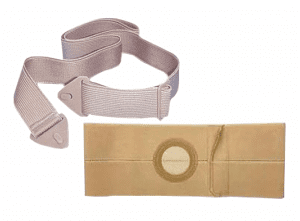 Ostomy surgery can bring physical changes affecting one’s body image and comfort. Some common physical concerns for people with an ostomy include:
Ostomy surgery can bring physical changes affecting one’s body image and comfort. Some common physical concerns for people with an ostomy include:
- Skin irritation: The stoma and peristomal skin can become irritated due to frequent contact with ostomy pouches or adhesives. This can cause pain, inflammation, and itchiness.
- Leakage: Leakage can happen when the ostomy pouching system doesn’t fit properly or when the stoma output is too much for the ostomy pouch to handle. This can result in odor, staining, and embarrassment.
- Hernia: According to the National Library of Medicine, people with ostomies are at a higher risk of developing hernias, which can cause discomfort and further complications. A supportive garment, such as an ostomy belt, can provide added security and confidence during intimacy.
- Dehydration: The stoma can absorb moisture from the body, leading to dehydration.
- Loss of sexual function: Depending on the type and location of the ostomy, a person may experience a loss of sexual function, which can impact their ability to be intimate with their partner.
Practicing proper ostomy care is essential, including regular cleaning and maintenance of the ostomy pouching system and surrounding peristomal skin to address these concerns. Finding an ostomy bag that fits well and provides comfort and security is also crucial.
Emotional Concerns After Ostomy Surgery
Some of the common emotional impacts of having intimacy with an ostomy may include the following:
- Feelings of embarrassment or shame: Many people with an ostomy may feel embarrassed or ashamed about their condition, which can impact their ability to be intimate with their partner. They may feel self-conscious about their ostomy pouch, its noises, or the smell.
- Fear of rejection: People with an ostomy may fear their partner rejecting them due to their condition, which can impact their self-esteem and confidence.
- Anxiety and depression: The emotional impact of having an ostomy can cause stress and depression, which in turn can impact emotional and physical intimacy.
- Changes in body image and self-esteem: Ostomy surgery can result in changes in body image and self-esteem, making it difficult for people to feel comfortable and confident in intimate situations.

Addressing these emotional impacts and seeking support and counseling if needed is essential. People with an ostomy should talk openly with their partners about their condition and how it may affect their intimacy. With understanding and communication, intimacy and relationships can still be fulfilling and enjoyable for people with an ostomy.
The Importance of Communication with Your Partner
Having open and honest communication with your partner is vital when it comes to intimacy. It helps to establish trust, reduce anxiety, avoid complications, and enhance intimacy.
Here are some reasons why open and honest communication is crucial when it comes to intimacy:
- Creating trust: Being open and honest with your partner is essential if you have an ostomy. This will build trust between you and your partner, and they will be able to understand your challenges and support you.
- Reducing anxiety: Talking about your ostomy can reduce stress and help you feel more comfortable with your partner. It can also help your partner understand how to be supportive and caring toward you.
- Avoiding complications: If your partner is aware of your ostomy, they can help you avoid any complications that may arise, such as skin irritation or leakage. They can help you change your ostomy pouch or assist you in other ways.
- Enhancing intimacy: Open communication about your ostomy can enhance intimacy and sexual experiences. Your partner may have concerns or questions about how the ostomy will affect your sexual activity, and talking about it can help alleviate any fears or misconceptions.
For an even more in-depth resource for intimacy with an ostomy, check out Convatec’s Relationships within Ostomy in their Living with an Ostomy Lifestyle Support area.
Exploring Different Forms of Intimacy with an Ostomy
There are plenty of alternate ways to be intimate with your partner that may be more comfortable or accessible for those with an ostomy. Some different forms of intimacy include:
- Cuddling: Cuddling doesn’t have to involve sexual intercourse or physical intimacy. You can cuddle, hold hands, or hug your partner to feel close and connected. This type of intimacy is a great way to maintain a physical connection with your partner without feeling uncomfortable.
- Body massages: Massages can be a great way to relax, release tension, and be a form of intimate touch. You can massage your partner or let them massage you, focusing on areas of the body that feel good.
- Sensual touch: Sensual touch involves exploring each other’s bodies in a non-sexual way. This can include kissing, stroking, and caressing each other’s skin. You can take your time exploring each other’s bodies, focusing on the areas that feel good and avoiding any uncomfortable areas.
- Emotional intimacy: Emotional intimacy is just as important as physical intimacy. Spend time talking to your partner, sharing your feelings, and connecting on a deeper level. This can help strengthen your relationship and create a strong sense of intimacy.
Seeking Support
Seeking professional support is essential if you struggle with intimacy with an ostomy. You can get support and coping strategies with the help of a healthcare professional or a counselor. Some resources for finding support groups or counseling services include:
- Ostomy.org: This website provides information and resources for ostomates, including a section on sexuality and intimacy. It also has a “Find a Support Group” feature.
- American Cancer Society: The ACS has a “Sex and the Adult Female with Cancer” program that provides information and resources for women dealing with sexual issues related to their cancer treatment or ostomy.
- Your healthcare provider: Your doctor or nurse may be able to refer you to a counselor or therapist who specializes in sexual health and intimacy issues for ostomates. They may also have information about local support groups.
- Local hospitals or clinics: Many hospitals and clinics have support groups for patients with ostomies, cancer, or other conditions that may impact sexual health. Contact your local hospital or clinic to inquire about their resources.
- Online counseling services: Various online counseling services can support ostomates dealing with intimacy issues. Some examples include BetterHelp and Talkspace.
Remember, intimacy with an ostomy is still possible. Don’t be afraid to explore what works best for you and communicate with your partner. With time, patience, and support, you can enjoy a fulfilling and satisfying sex life.
Popular Ostomy Supplies
Disclaimer: Important Notice Regarding Medical Advice
The information provided in this blog is intended for general informational purposes only and should not be considered a substitute for professional medical advice, diagnosis, or treatment.







 The qualifications for this type of bladder surgery may vary depending on the individual case and the doctor’s recommendations. Generally, candidates include women who:
The qualifications for this type of bladder surgery may vary depending on the individual case and the doctor’s recommendations. Generally, candidates include women who:





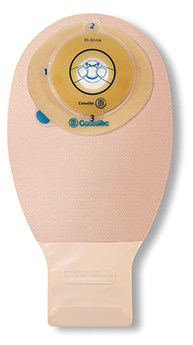
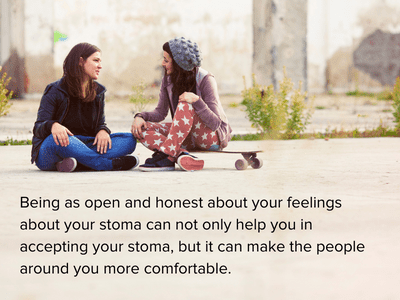
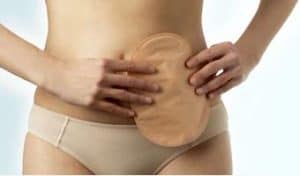











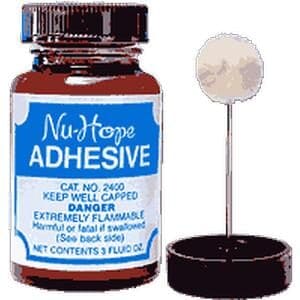
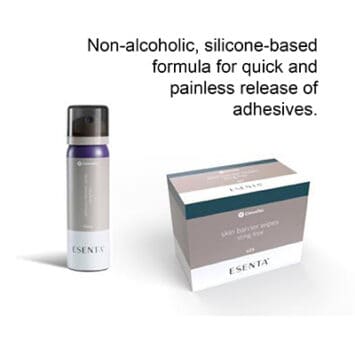
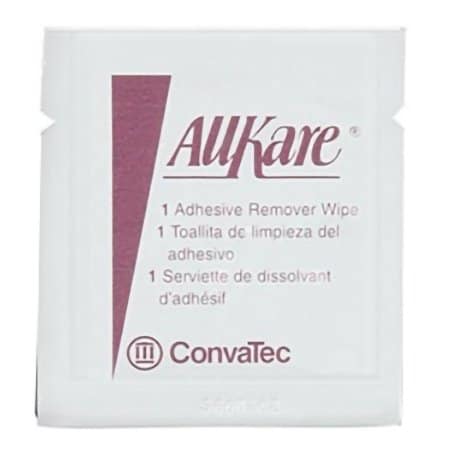
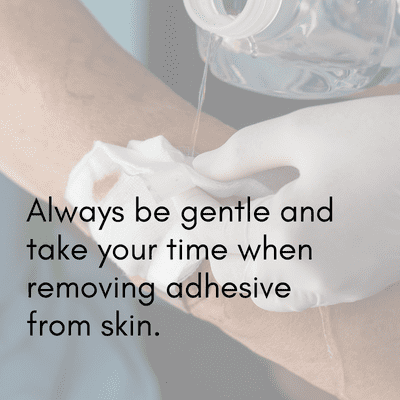
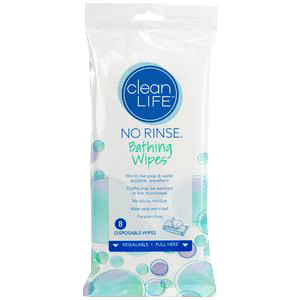












 To change a urine bag, start by emptying the old bag into a toilet or sink. It is essential to do this thoroughly, as any residual fluid can lead to a potential infection.
To change a urine bag, start by emptying the old bag into a toilet or sink. It is essential to do this thoroughly, as any residual fluid can lead to a potential infection.
 Here are some tips that may be helpful when you change a urinary drainage bag:
Here are some tips that may be helpful when you change a urinary drainage bag:

